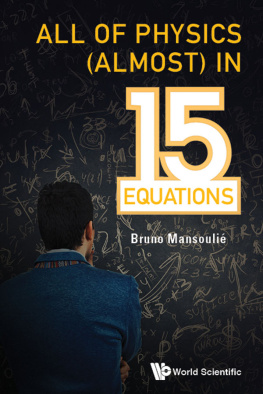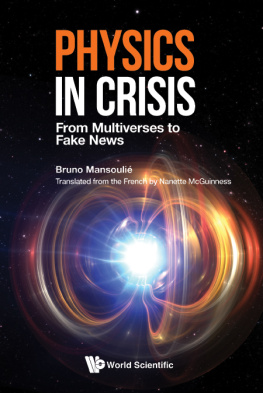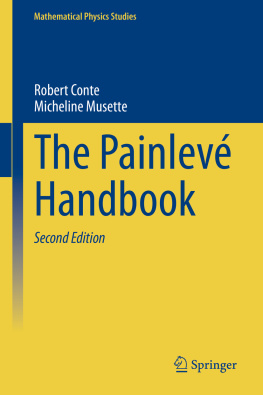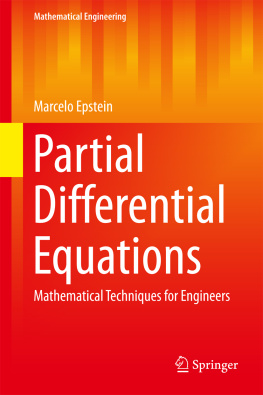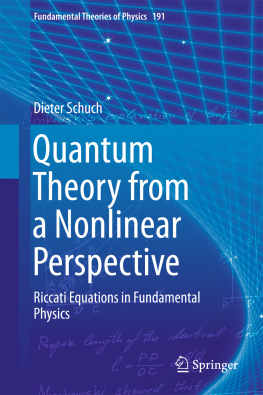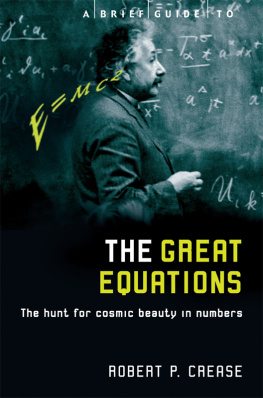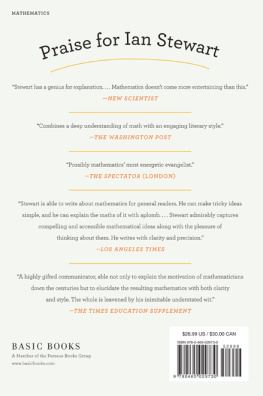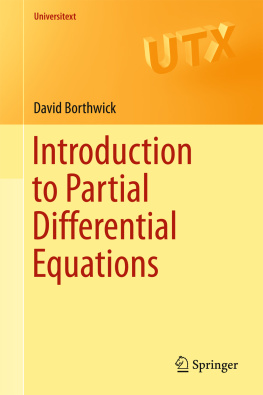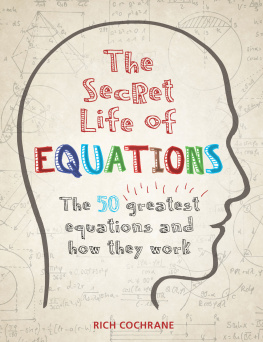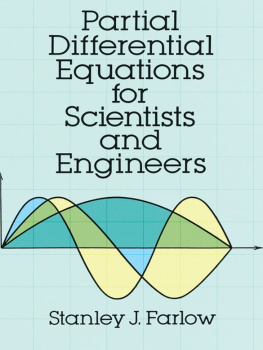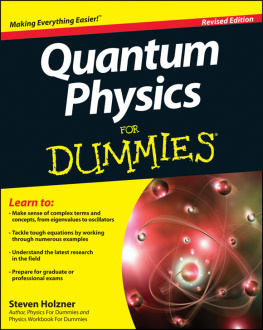Contents


Published by
World Scientific Publishing Co. Pte. Ltd.
5 Toh Tuck Link, Singapore 596224
USA office: 27 Warren Street, Suite 401-402, Hackensack, NJ 07601
UK office: 57 Shelton Street, Covent Garden, London WC2H 9HE
British Library Cataloguing-in-Publication Data
A catalogue record for this book is available from the British Library.
ALL OF PHYSICS (ALMOST) IN 15 EQUATIONS
Copyright Flammarion, Paris, 2017
Illustrations by Lison Bernet
Solstice / Lison Bernet Flammarion
The work was originally published in French by Flammarion as
Toute la physique en 15 quations (ou presque...)
This edition is published by World Scientific Publishing Company Pte Ltd
by arrangement with Flammarion, Paris, France.
All rights reserved. No reproduction and distribution without permission.
ISBN 978-981-3273-40-5 (pbk)
For any available supplementary material, please visit
https://www.worldscientific.com/worldscibooks/10.1142/11075#t=suppl
Typeset by Stallion Press
Email:
Printed in Singapore
Foreword
I am a scientist in the field of Particle Physics, which should rather be called Physics of the Elementary. My goal is to understand the fundamental constituents of Nature and their interactions, from the smallest particles to the largest structures of the Universe.
With this book, I would like to introduce all the readers with the equations of physics, if possible. I have in mind those who never encountered them, or of those for whom the first encounters have been disappointing, or even traumatic.
We, physicists, live with two visions of the world: on the one hand the same vision as everybodys, and on the other hand the vision provided by the laws of physics: the equations. The general public easily admits this duality for a musician: a musician is an artist, but (s)he also masters a wide theoretical knowledge and a strong technical training. It is much less accepted for a physicist, who is usually depicted as lost in his/her equations and as being disconnected from reality.
It is true that a large fraction of the scientific knowledge appears in the form of laws, written as equations. But even if this sounds surprising, the equations can become so familiar, that the vision of the world through the equations and the usual vision can blend together.
Let me take an example. When I look at a rainbow, I do not explicitly have in mind the laws of the refraction of light. Like everybody else, I admire the beauty of the landscape, underlined by the rainbow. But behind this, there is an entire set of knowledge and practice about light, its propagation, its physical nature, which silently integrates with my vision of the rainbow. Exactly like a musician enjoys the piece he is listening to without becoming aware of its key, its type of chords and its rhythm structure. Of course, if you suddenly ask her, she will certainly provide an accurate answer on all these pointsand this will not damage her sensibility for the piece.
Towards the equation of everything
The choice of the equations shown in this book may appear arbitrary to the professional or amateur physicist. The rationale for my choice is that each equation is evidence of a scientific evolution, and sometimes even a true revolution.
Each one displays a particular understanding of the world or of a phenomenon: light, matter, heat, etc. Formulated when mathematics spread into physics, the first laws remain shy, restricted to one particular domain of application, like the laws of reflection and refraction of light. Then the ambition grows: the goal is to fit into an ever growing framework with a universal aim. Thus Newton understands that the attraction between the Earth and the Moon is identical to the force that makes an apple drop from a tree. Similarly, Maxwell unifies electricity and magnetism, then modern physics and chemistry explain how all chemical elements are built from protons, neutrons and electrons. At the start of the 20th century, relativity and quantum mechanics question the very notions of space, time, and matter, before cosmology finally takes the entire universe as a research subject.
Today, the obsession of the physicists for the elementary drives them in an attempt to gather everything into a single minimal theory. As we will see at the end of this book, the modern formulation of a physical theory should ideally be contained in one single equation. This is the reason why it is often said that physicists seek the equation of everything. Of course, this idea is simplistic, but what would the ultimate equation look like? I do not have the answer, but through the examples in this book, I would like to share with you the taste of this quest for an elegant and powerful formula, which could help us understand the world.
Beautiful equations
The equations of physics may arouse respect, fascination, and fear. Even if one has not undertaken long studies, or even is set against all forms of mathematics, one knows E = mc2, and one vaguely associates it to the immense power of nuclear energy. In the eyes of the public, equations are the symbol of the power of science, but also of its coldness, its inhumanity.
When I give a conference for the general public, this is the first demand from the organizers: No equations, please!. Yet, I reply that some of them are quite simple, since they do not show more than a simple proportionality relation, or the direct dependence of one quantity on another. The effort to understand them is certainly not larger than the effort to decipher the instruction manual of an Internet connection box. Alas, for the average organizer of general public conferences, or for the average journalist, equations just mean a vanishing audience.
The people in the audience are aware that sciences, and the mathematics that serve them, are at work in all aspects of ordinary life, that an airplane or a smartphone have been designed and built by engineers who have mastered and employed equations. But people prefer to ignore that, and leave these unappealing tools to them.
I believe that this mistrust of mathematics in general, and against mathematics in physical laws have deeper grounds than the simple aversion against formulae. Equations constrain us to a kind of intellectual discipline. They do not say today the contrary of what they said the day before. They compel us to clarify our thinking, to avoid vagueness when we talk to somebody. This discipline can be disturbing: vagueness is sometimes so convenient
I am not claiming that the equations of physics are true, I am claiming that they are sincere. When I write the equations of Newtonian mechanics, which, since the 17th century, have been describing the motion of celestial bodies, artillery shells and merry-go-rounds, I do not claim to explain the whole world, why the Sun shines, why flowers grow, or why I have a headache. But these equations offer me a model, a consistent set of relations between the observed positions of planets or between the forces that I feel in a merry-go-round. Then I am free to apply this model judiciously, to the objects and phenomena which I reckoned as belonging to its validity domain. I could even test the limits of this validity domain, perform measurements, make experiments, or simply explore the consequences of these equations in my mind: do they describe the world at very small or very large distances? Etc.

